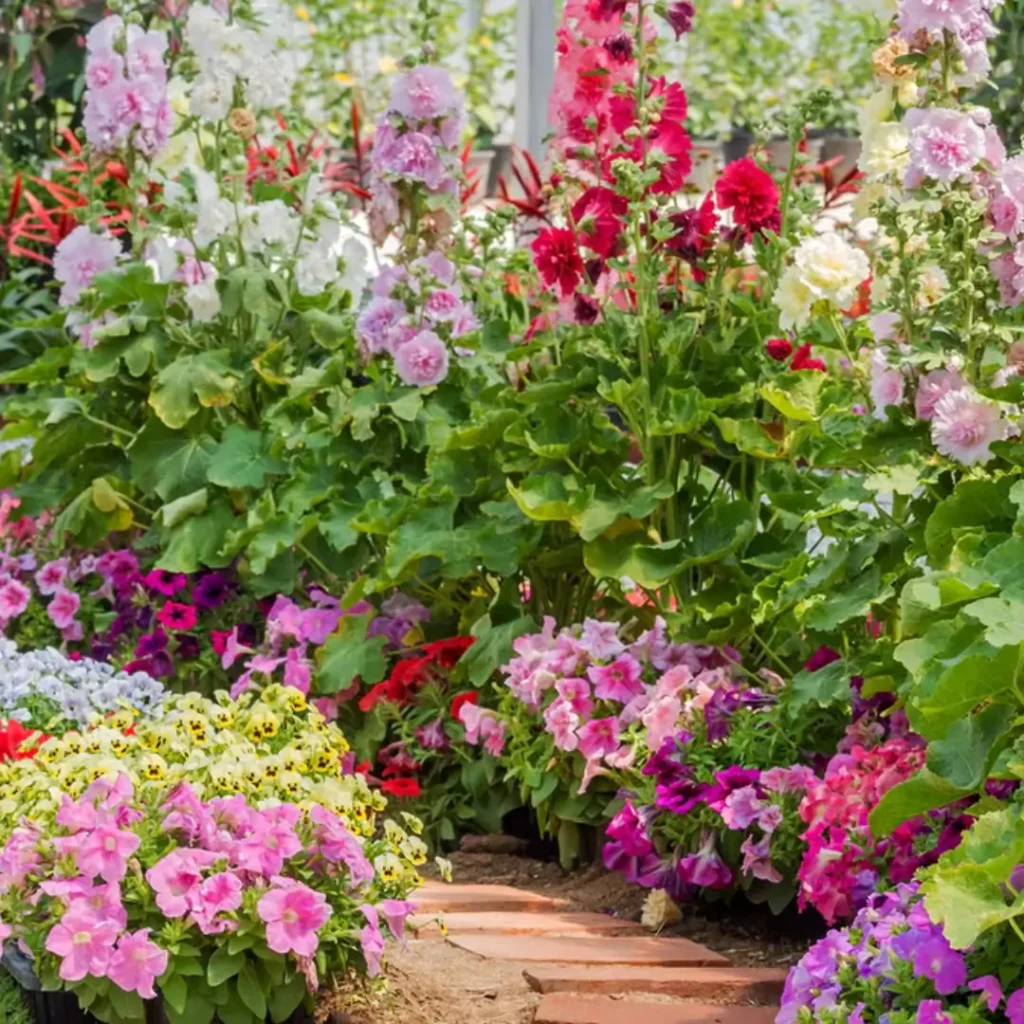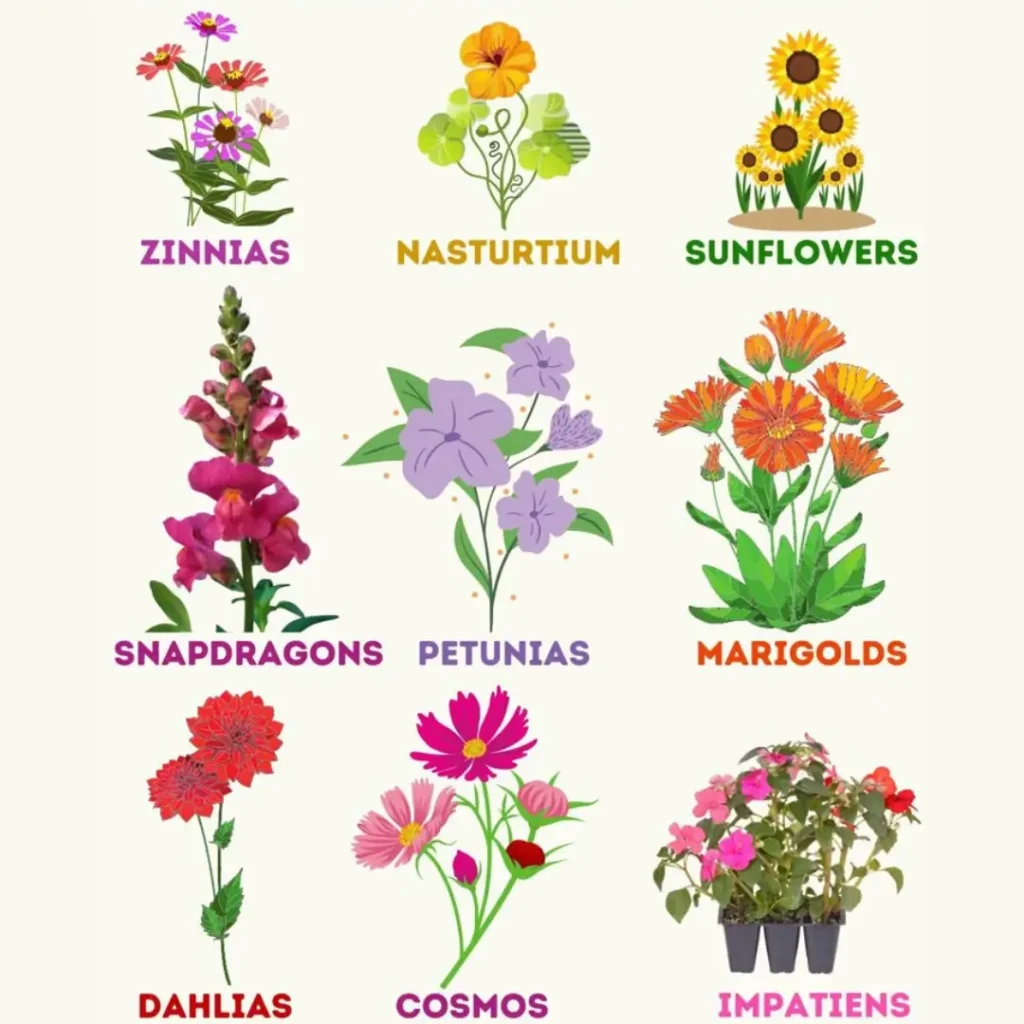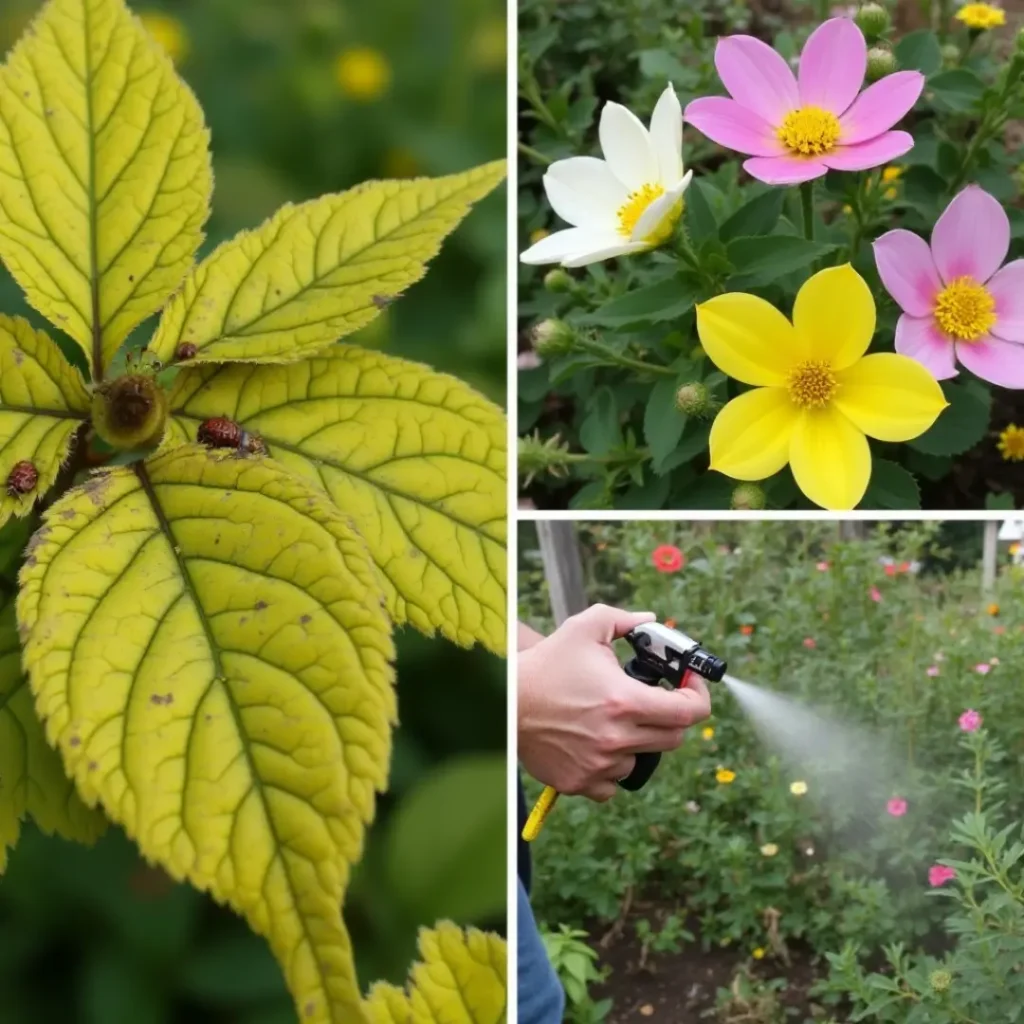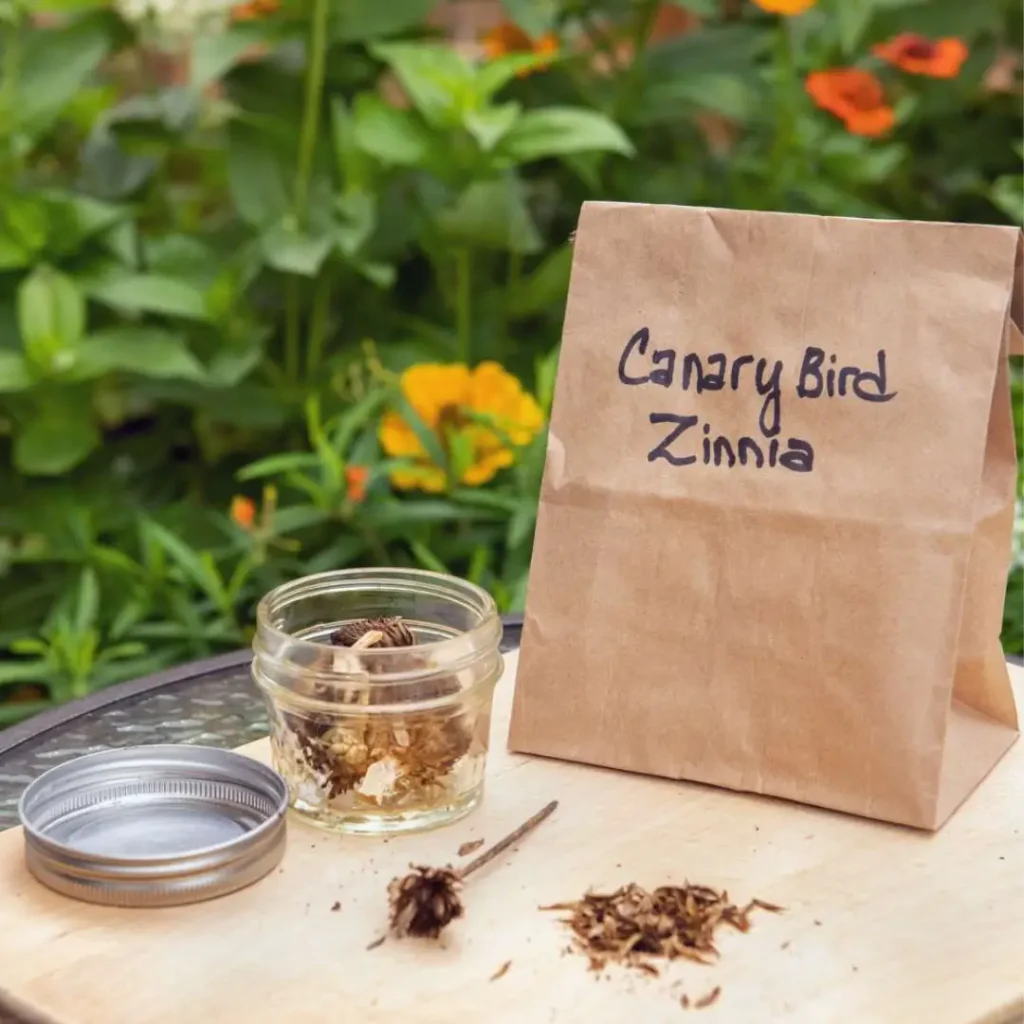Fast Growing Annual Flowers : The Ultimate Guide with 4 steeps for a Thriving Garden
1. Introduction :
Fast growing annual flowers are the perfect choice for gardeners who want quick bursts of color without the wait. These vibrant blooms sprout, grow, and flower within a single season, transforming any garden into a lively, eye-catching space. Whether you’re a beginner or an experienced gardener, these easy-to-grow plants provide instant gratification with minimal effort. From Zinnias and Marigolds to Cosmos and Sunflowers, there are plenty of varieties to suit different climates and garden styles. In this guide, you’ll discover the best options, planting tips, and essential care strategies to keep your flowers thriving all season long!
Table of Contents
2. Understanding the Basics (Category-Specific) :
Fast-growing annual flower come in various shapes, sizes, and colors. Some prefer full sun, while others thrive in partial shade. Here are the main categories of annual flowers :
- Warm-Season Annuals : Thrive in hot weather (e.g., Zinnias, Marigolds).
- Cool-Season Annuals : Best for early spring or fall (e.g., Pansies, Snapdragons).
- Drought-Tolerant Annuals : Require minimal watering (e.g., Cosmos, California Poppies).
- Pollinator-Friendly Annuals : Attract bees and butterflies (e.g., Sweet Alyssum, Verbena).
- Container-Friendly Annuals : Grow well in pots (e.g., Petunias, Geraniums).

3. Choosing the Right Plants (Category-Specific) :
When selecting the best fast-growing annual flowers for your garden, consider these factors:
Top Picks for Fast Growing Annual Flowers :
- Marigolds : Bright orange and yellow flowers that bloom in just a few weeks.
- Zinnias : Colorful and easy to grow, perfect for summer gardens.
- Cosmos : Drought-tolerant and ideal for pollinators.
- Sunflowers : Tall and fast-growing, adding height to your garden.
- Morning Glory : A climbing flower that quickly covers trellises and fences.
- Nasturtiums : Edible and great for companion planting.
- Sweet Alyssum : A fragrant ground cover that attracts beneficial insects.

4. Planting Guide & Setup (Step-by-Step Instructions) :
To ensure a successful bloom, follow these planting steps:
Step 1 : Choose the Right Location
- Pick a spot with at least 6–8 hours of sunlight.
- For shade-loving flowers, select areas with dappled sunlight.
Step 2 : Prepare the Soil
- Loosen the soil to a depth of 8–12 inches.
- Mix in compost or organic matter for better drainage and nutrients.
Step 3 : Sow the Seeds or Transplant Seedlings
- Direct sow seeds for fast germination.
- If using seedlings, plant them at the recommended spacing.
Step 4 : Water and Mulch
- Keep the soil moist but not waterlogged.
- Apply mulch to retain moisture and prevent weeds.
5. Essential Care & Maintenance :
Once planted, your flowers will need proper care to ensure maximum growth.
Watering :
- Most annuals need watering 2–3 times a week.
- Avoid overwatering to prevent root rot.
Fertilization :
- Use a balanced fertilizer every 2–4 weeks.
- Organic options like compost tea work well.
Deadheading & Pruning :
- Remove faded blooms to encourage continuous flowering.
- Trim leggy plants to maintain shape.
Pest & Disease Control :
- Use neem oil or insecticidal soap for aphids and whiteflies.
- Remove diseased leaves to prevent fungal infections.
6. Common Problems & Solutions (Troubleshooting Section) :
Even the best gardens face challenges. Here’s how to tackle common issues :
| Problem | Cause | Solution |
|---|---|---|
| Yellow leaves | Overwatering or poor drainage | Reduce watering, improve soil drainage |
| Leggy growth | Lack of sunlight | Move to a sunnier spot or trim regularly |
| No blooms | Too much nitrogen fertilizer | Use a bloom-boosting fertilizer |
| Pests (aphids, slugs) | Garden infestations | Use natural deterrents like neem oil or diatomaceous earth |

7. Harvesting & Maximizing Your Garden’s Potential :
If you want to extend the beauty of your flowers, consider these tips :
- Harvest Seeds : Collect seeds from mature flowers for replanting next season.
- Encourage More Blooms : Deadhead regularly to stimulate new flowers.
- Preserve Flowers : Dry or press flowers for decoration.
- Rotate Crops : Change planting locations each year to maintain soil health.

8. Final Thoughts & Call to Action :
Fast growing annual flowers offer an instant garden transformation. Whether you’re a beginner or an experienced gardener, these plants provide effortless beauty. Try experimenting with different varieties each year to find what works best for your garden.
Want more gardening tips? Sign up for our newsletter and follow us for seasonal planting guides!
9. Conclusion :
Fast-growing annual flowers are an excellent choice for anyone looking to add instant color and charm to their garden. By selecting the right varieties, providing proper care, and troubleshooting common issues, you can enjoy a vibrant floral display all season long.
10. FAQs
1. What are the fastest-growing annual flowers?
Some of the fastest-growing annual flowers include Zinnias, Marigolds, Cosmos, Sunflowers, Morning Glory, Nasturtiums, Sweet Alyssum, and Calendula. These flowers germinate quickly and bloom within a few weeks, making them perfect for a vibrant and fast-growing garden.
2. How long does it take for fast-growing annual flowers to bloom?
Most fast-growing annual flowers start blooming within 30 to 60 days after planting. The exact time depends on the variety, growing conditions, and climate. Zinnias, Marigolds, and Cosmos are among the quickest to flower.
3. Can I grow fast-growing annual flowers in containers?
Yes! Many fast-growing annuals thrive in containers, pots, and hanging baskets. Good container choices include Petunias, Verbena, Sweet Alyssum, and Geraniums. Ensure your pots have good drainage and use a nutrient-rich potting mix for the best results.
4. What is the best soil for fast-growing annual flowers?
Fast-growing annuals prefer well-draining, nutrient-rich soil with a pH between 6.0 and 7.0. Adding compost or organic matter improves soil texture and boosts plant health. Avoid heavy clay soil, which retains too much moisture and can lead to root rot.
5. Do fast-growing annuals need full sun?
Most fast-growing annuals thrive in full sun (6–8 hours per day). However, some varieties, such as Impatiens and Begonias, grow well in partial shade. Check the plant’s sunlight requirements before planting to ensure healthy blooms.
6. How often should I water fast-growing annual flowers?
Watering depends on the plant variety and weather conditions, but generally:
- In hot climates: Water 2–3 times per week.
- In cooler conditions: Water once or twice a week.
- Container plants: Dry out faster, so check moisture levels daily.
Always water at the base of the plant to prevent fungal diseases.
7. How can I make my annual flowers bloom longer?
To extend blooming time:
- Deadhead spent flowers regularly.
- Fertilize every 2–4 weeks with a balanced or bloom-boosting fertilizer.
- Water consistently and avoid overwatering.
- Plant in a sunny location to encourage maximum flower production.
8. What pests and diseases commonly affect fast-growing annual flowers?
Common pests include aphids, whiteflies, slugs, and spider mites. Use neem oil, insecticidal soap, or companion planting to keep them away.
Diseases like powdery mildew and root rot can be prevented by proper spacing, good air circulation, and avoiding overwatering.

